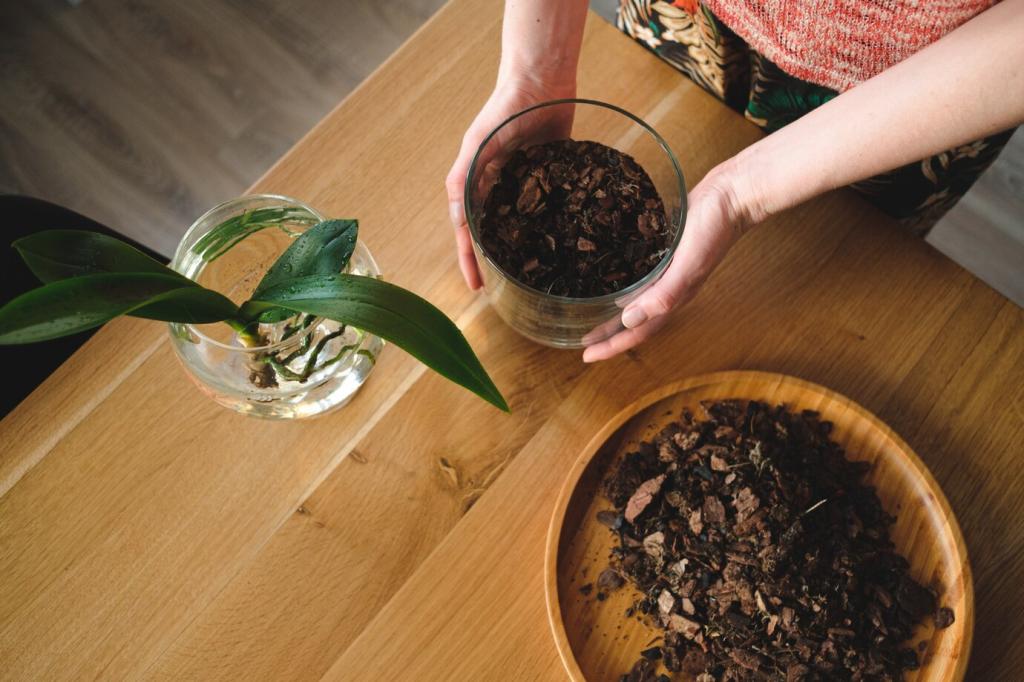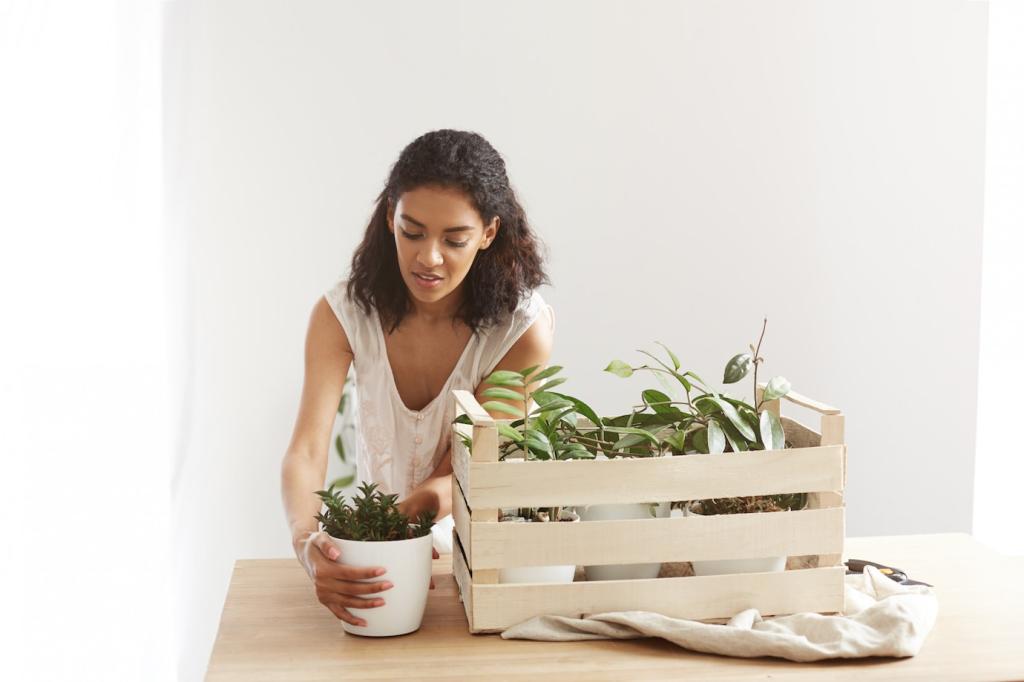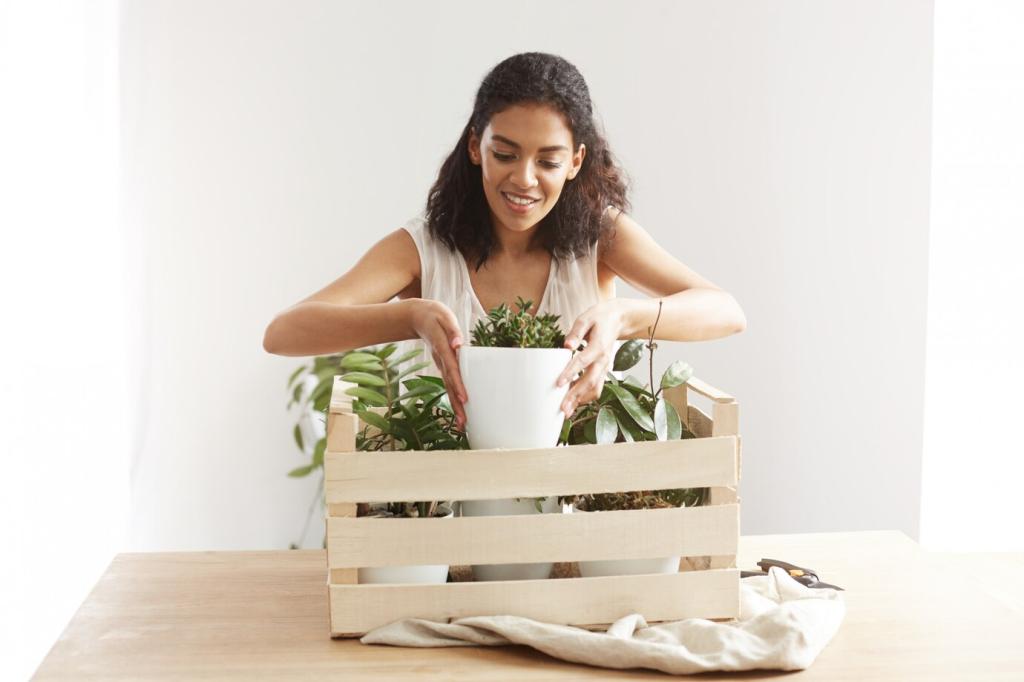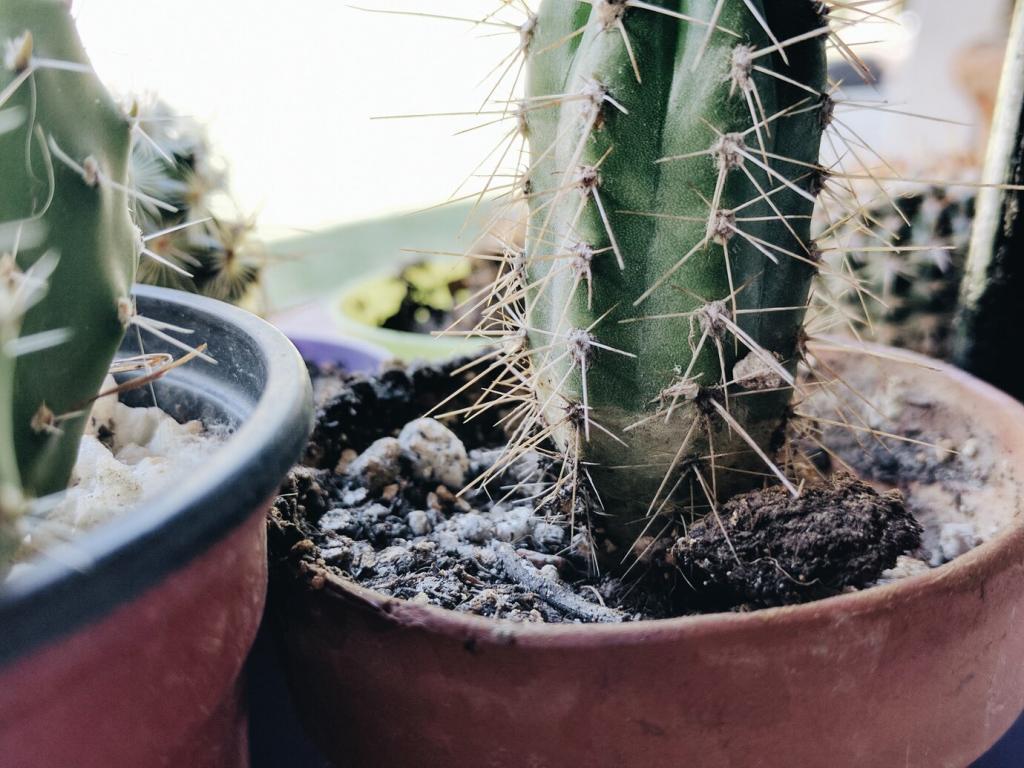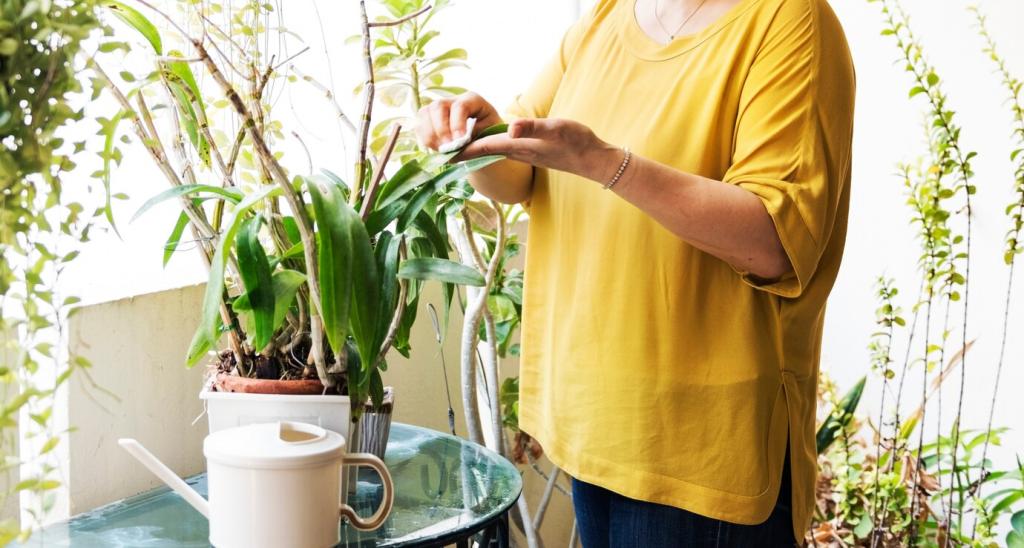Pinpointing Odors on Your Balcony: Fast Fixes That Actually Work
Odors usually mean too many nitrogen-rich greens and not enough carbon-rich browns. Aim for roughly two parts shredded cardboard, dry leaves, or paper to one part food scraps by volume. Cover every fresh addition with a carbon layer, and tuck smelly items deeper in the pile.
Pinpointing Odors on Your Balcony: Fast Fixes That Actually Work
Anaerobic zones create sour, rotten smells. Loosen compacted layers by gently fluffing with a hand fork, not vigorous stirring. Add coarse bulking agents like twiggy stems or wood chips to create air channels, then keep vents unobstructed so oxygen can circulate freely.

